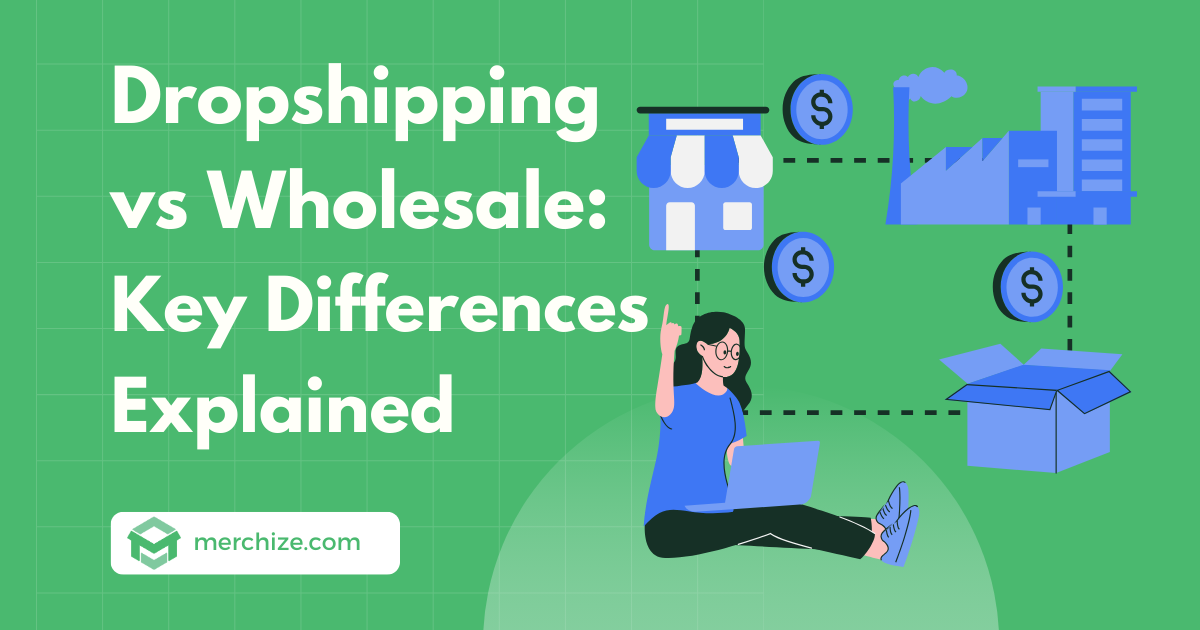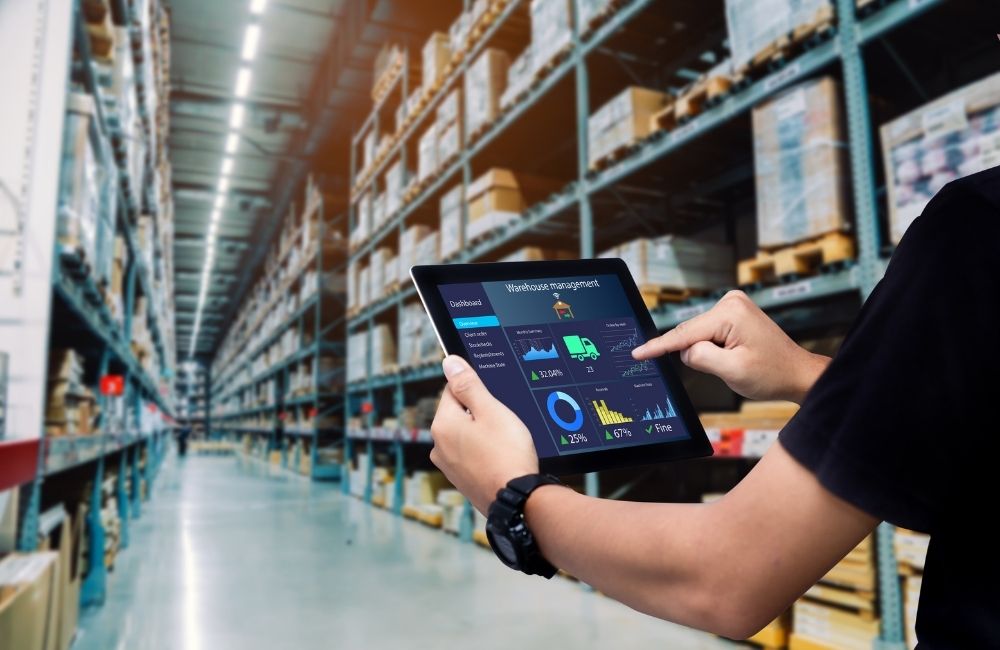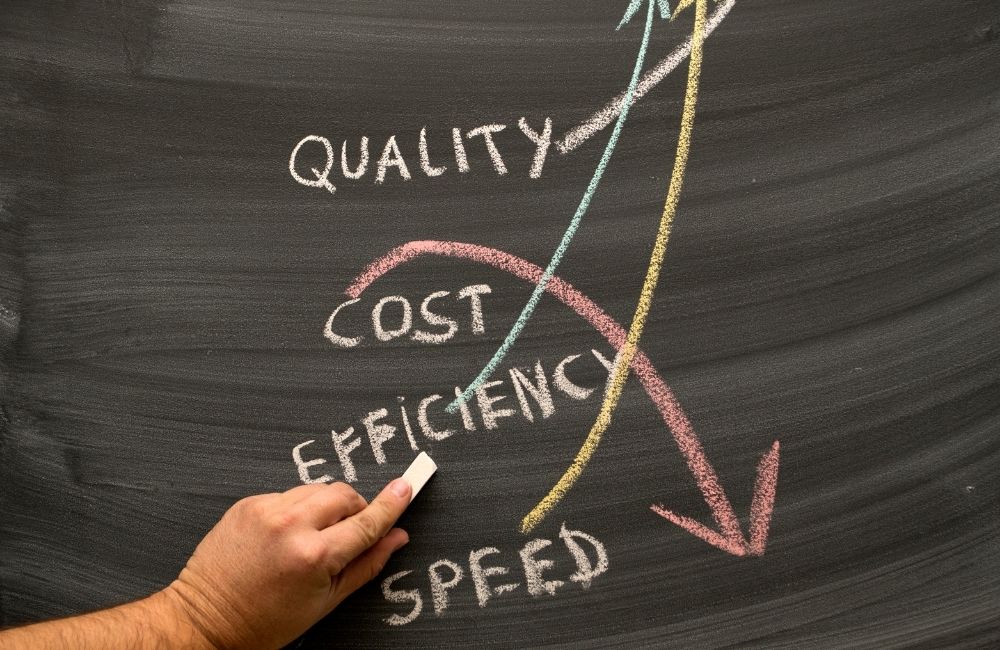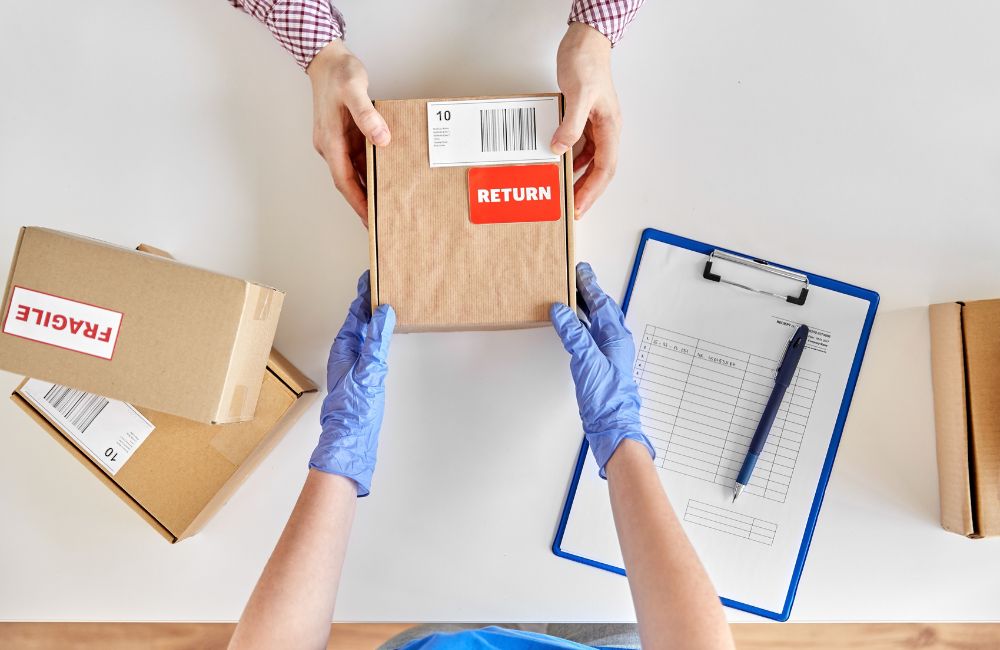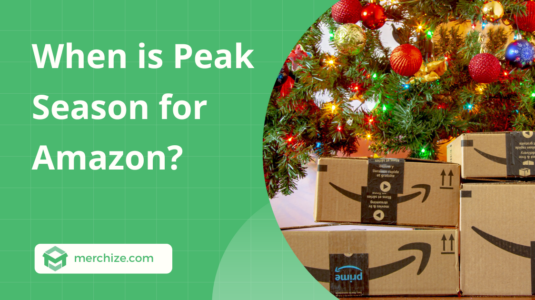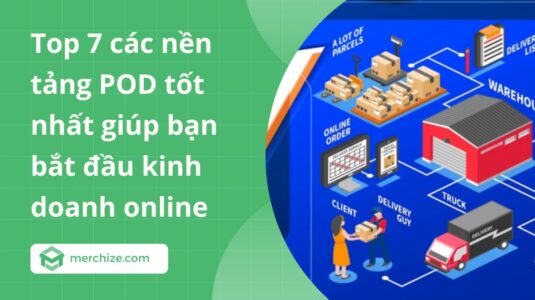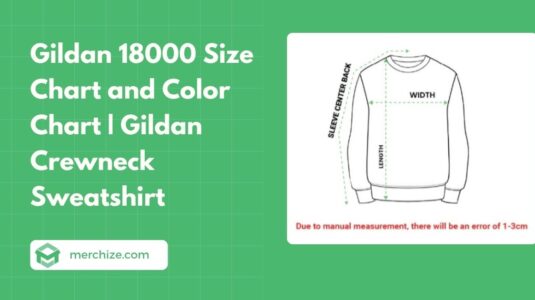Before kicking off any kind of business, one of the first questions you must ask is: How can I source products for sales? Should I start with dropshipping or should I go with wholesale? To answer all these questions, we will explain the differences between dropshipping and wholesale.
Explain Dropshipping and Wholesale
Wholesale means selling in large quantities. In the context of e-commerce, it can be understood as a product-sourcing method. Wholesale is also a traditional common way that most retailers have sourced their goods for a long time.
However, the growth of e-commerce and globalization has given rise to many newer, more efficient sourcing methods, allowing equal opportunity for aspired entrepreneurs across the globe. One of which is dropshipping – a model that allows retailers to ditch the traditional wholesale buying and inventory operation. Instead, they now work with third-party suppliers who ship orders directly to customers.
How does the wholesale business model work?
Wholesale, in simplest terms, means purchasing in bulk. But that’s not everything about wholesale. The point of buying wholesale is to acquire products at a lower price point. Retailers then can pocket the price difference when reselling them at higher prices.
Normally, the larger the volume you acquire, the better price it gets. To gain larger profits, you must buy more and sell more. In addition, finding the supplier with the best price also helps to lower the purchasing cost and maximize the profit.
That’s why the wholesale business model works.
How does the dropshipping business model work?
With drop shipping, retailers won’t have to buy in large quantities from the supplier. Instead, they can buy products with no minimum quantity. Moreover, the supplier also helps them with the delivery of the products.
However, retailers won’t have the cost benefit of buying in bulk. The key benefit of dropshipping comes from the fact that it requires no upfront cost, and retailers only have to pay as the orders arrive. Moreover, dropshipping helps to simplify the business process, cutting down a lot of intermediary steps, for example, storing, managing inventory, packaging, and shipping.
Differences between wholesale and dropshipping
Now that you understand the key concepts of dropshipping and wholesale, let’s compare these two models in detail and find out how each of them could work for your own business.
Inventory
Holding stock or keeping inventory is something that you will have to deal with if you choose wholesale. On the other hand, with dropshipping, the inventory and stock management is entirely in the hands of your suppliers.
Managing inventory has both pros and cons. With inventory in hand, you have a better overview of when the inventory will run out and plan out the next step. But for dropshipping, you will rely on your suppliers to manage inventory and keep the supply chain going smoothly without a hiccup. If your dropshipping supplier runs out of inventory without sufficient warning, you are left with no choice but to deal with the aftermath.
Besides, keeping inventory also allows you to closely control product quality and make sure that products sent to your customers are up to standards. Again, with dropshipping, it’s entirely up to the supplier who has direct access to the stock to manage quality control on your behalf.
The downside of holding stocks is that it can be very costly. Depending on the size of your inventory, you will have to find an appropriate place to store stock. With smaller businesses or small products, you can find a smaller space or even make use of your own garages or spare room for storing. However, as your business grows and demands large quantities of goods, you will have to seek a larger warehouse and hire people to take care of the inventory, which requires a considerable amount of money.
Packing and Shipping
In dropshipping, the supplier handles the packing and shipping process entirely. When a customer places an order with you, the supplier ships the product directly to them. This alleviates the burden of managing inventory and logistics, leaving you more time to focus on marketing and customer service.
With a professional process and well-equipped facility, these suppliers can handle all the packing and shipping more efficiently and cost-effectively. You can rest assured that your products will be packed and shipped to the hands of customers safely and fast.
Instead of working on wrapping bubbles, tapes, and boxes, you can just sit down and work on what helps you generate more sales like advertising optimization, product research, etc.
Other than dropshipping, there are also other methods that allow you to start selling products online without inventory.
On the other hand, with wholesale, you’re responsible for packing orders and arranging shipping. On the bright side, this grants you more control over the process. It means that you can experience any kind of packaging, or customize it the way you prefer, which can significantly benefit your branding. Additionally, you can also switch carriers as you wish, meaning more options to optimize your shipping cost and shipping efficiency.
But along with the power comes a lot of responsibility. To make sure that the packing and shipping process goes smoothly, you must make sure there are enough personnel to take care of the packaging and shipping, especially during the peak season. All of this requires not only an understanding of business operations but also real-life experience to ensure a seamless process.
For a beginner with no prior experience with inventory management and logistics, it will be highly risky to try to manage everything, especially on a large scale. That’s why it is always recommended to start with a simple model like dropshipping or start small with wholesale.
Startup Costs
Dropshipping typically entails lower startup costs compared to wholesale. You can start selling products online almost immediately. There is little to no entry barrier when it comes to doing dropshipping. The lower startup costs also mean lower financial risk associated with stocking up on goods. You don’t have to pay for warehousing, packaging materials, or hiring staff.
Conversely, wholesale demands an initial investment in inventory. You’ll need to purchase products in bulk upfront, which ties up capital and may necessitate storage space. Apart from the initial cost, as your business grows, you also need to continually put in the money to scale up your inventory facility.
Scaling and White-labeling
Whether it’s wholesale or dropshipping, there is always room for scaling your business. However, dropshipping provides greater flexibility in testing new products and scaling rapidly since you’re not constrained by inventory levels. Anytime you find out about a new promising product, it only takes you a short time to roll it out and test the water without concern about purchasing and stocking inventory.
The flexibility of dropshipping doesn’t just stop there. In addition, dropshipping also allows for white-labeling, meaning you can customize and rebrand the products as your own. While similar opportunities are also available with wholesale, it might cost you more time and resources to integrate your own brand into the purchased products.
Flexibility
In addition to the flexibility in choosing what products to sell, dropshipping also provides the flexibility to operate your business from anywhere you want as long as there’s an internet connection. As the supplier manages all the processes that deal with the physical products, you can remotely operate everything online. Whether you are living in the US, Europe, or anywhere else in the world, there’s nothing that can hold your business back.
With wholesale, your work is tied to the location of your business. In these days and ages, it’s entirely possible to remotely control your business, even with wholesale. However, it still requires your physical presence to make sure everything stays on track.
Local/International
With wholesale, it’s best to find local suppliers that are located nearby. It will help to lower the shipping cost from suppliers to your warehousing location, or from your warehouse to your customers. Even though it’s cheaper when it comes to shipping costs, relying on local suppliers will limit your options. Sometimes, you will have to settle for products that are not up to your expectations. Even worse, you won’t be able to find the products that you want to sell.
On the other hand, most dropshipping suppliers are located overseas. Most of the popular dropshipping suppliers are based in China – the world’s largest manufacturing hub. Powered by a capable manufacturing infrastructure, Chinese dropshipping suppliers can provide you with a full range of products in nearly any category. It’s easy to find products that can tick all the boxes.
A disadvantage of international suppliers is extended shipping time. Delivering products all the way from China can take days to weeks to reach your customers. The shipping cost can also be costlier.
Product exclusivity
When you participate in the dropshipping business, you along with all other business owners share the opportunities and access to similar products. In other words, not only you but many other sellers can dropship the same products. If the products are similar, the competition increases and there is less room to better your offering.
On the other hand, wholesale allows for more exclusive arrangements. You can work directly with the supplier or the manufacturer and ask for exclusive features for your products. Moreover, you can also gain access to products that are not widely available to other retailers. This exclusivity can be a competitive advantage in the market.
It should be noted that some dropshipping suppliers also provide the branded dropshipping service, which allows you to customize your product and packaging, as a way to strengthen your branding. Even though it is not as extensive as what wholesale suppliers can offer, it offers a convenient and fast way to create unique products for your own brand.
Returns and Refunds
Besides handling inventory and shipping, dropshipping suppliers also help you with the process of returns and refunds. With wholesale, returns and refunds are your responsibility, requiring efficient inventory management and customer service processes.
That being said, to guarantee the best customer service, you will have to work closely with your dropshipping supplier to make sure that customers are provided with timely responses when it comes to returns and refund requests.
Both dropshipping and wholesale have their own sets of advantages and challenges. The choice between the two depends on your business goals, resources, and preferences. Whether you opt for the flexibility of dropshipping or the control of wholesale, thorough research and planning are key to success in either model.
